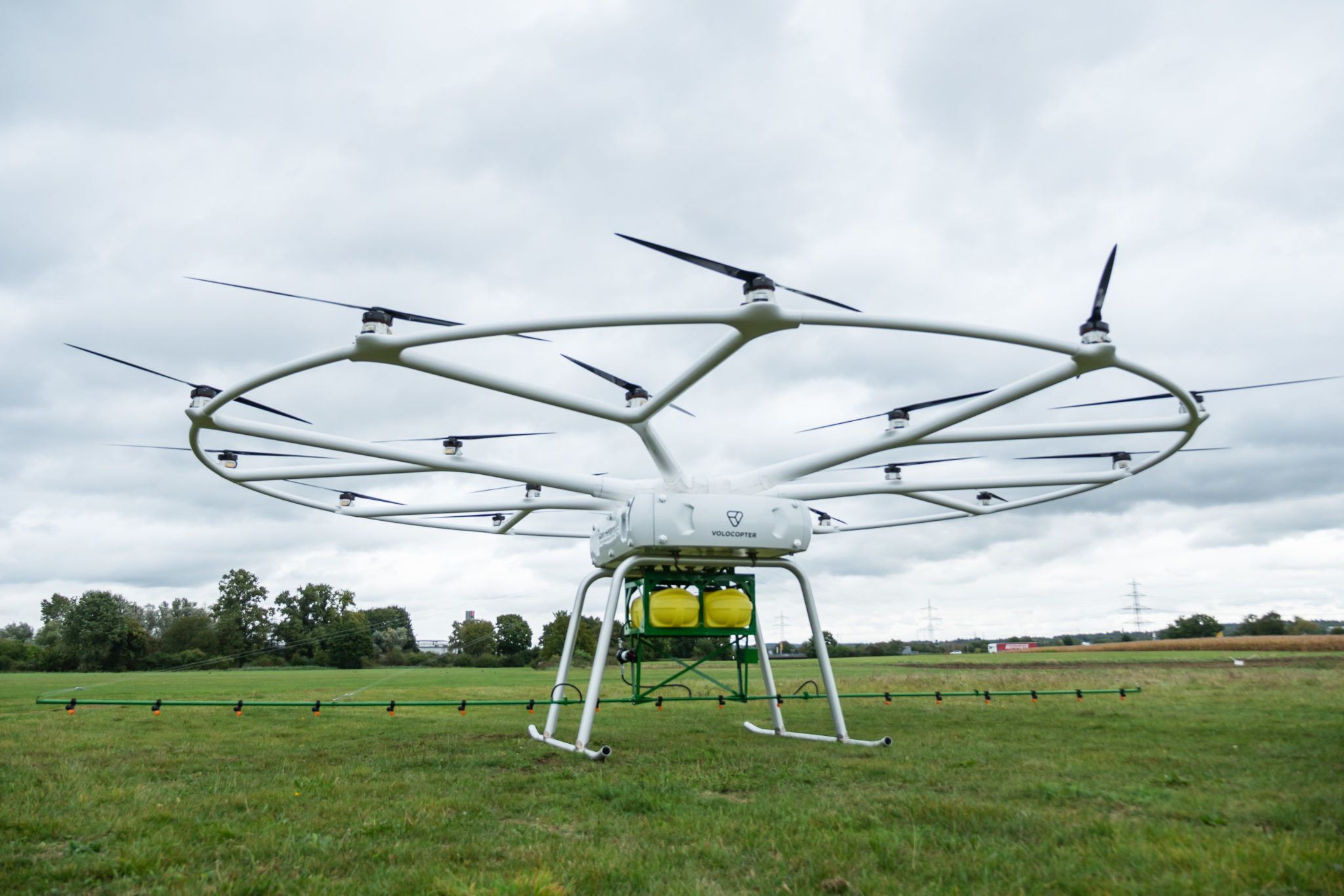



Article by: Hari Yellina
The most recent weapon in the ongoing “battle” in southern Sydney against the imported African olive tree is a giant drone. In the Australian Botanic Garden at Mt. Annan, which is south of Sydney, where 85% of the most invasive species have already been eliminated, the drones are establishing a steep ridge line. John Siemon, the park’s head of horticulture, claimed that before a serious attempt to eradicate them started, the invasive woody weed had about 20% of the 416-hectare park covered. As part of a project directed by Western Sydney University, the drones are currently being tested using funding from an Australian Research Council grant.
Starting up According to Air Seed, their drones are up to 40,000 times faster and 80% more cost-effective than conventional planting techniques. They can also plant seeds at a rate of up to 40,000 a day. By the end of this year, the company expects to raise $10 million in funding, and by 2024, it hopes to be planting up to 100 million trees annually. The 36-kilogram drones, according to co-founder Andrew Walker, were constructed using off-the-shelf technology but were trained to recognise where seed pods should not be planted. Before seeding, a smaller sentry drone maps the environment while taking data and high-resolution pictures. We make use of that information to determine where to plant, as well as where not to plant things like fallen trees, rocks, gravel, roads, and other things,” Mr. Walker said.
Therefore, the algorithm generates the drone’s optimal flight path and directs it to the locations of the species it should plant. In addition, according to Mr. Walker, Air Seed has a patent application filed for its seed pod biotechnology, which encases seeds in organic material to increase the likelihood of germination. “With the help of our product, we can plant those trees and species that form the canopy alongside with other plants that won’t go as tall. “Sometimes the species in the middle of the story is an acacia, a bottlebrush, or something similar. “We can also reestablish the vines that are growing along the ground and bring a lot of structure to the environment in a lot of the settings that we’re working in,” the researcher added.
According to Mr. Siemon, the Mt. Annan trials will work to promote the biodiversity of the park by preserving ecologically vulnerable ecosystems like Cumberland plain woodland and Western Sydney dry rainforest. But over time, we aim to diversify that since, at the end of the day, we are a botanic garden and have access to 25,000 Australian species that bear seeds that we can, hopefully, include into our landscape. He predicted that it would take about a year to determine the success of the trees, bushes, and grasses that the Air Seed drone had successfully planted.